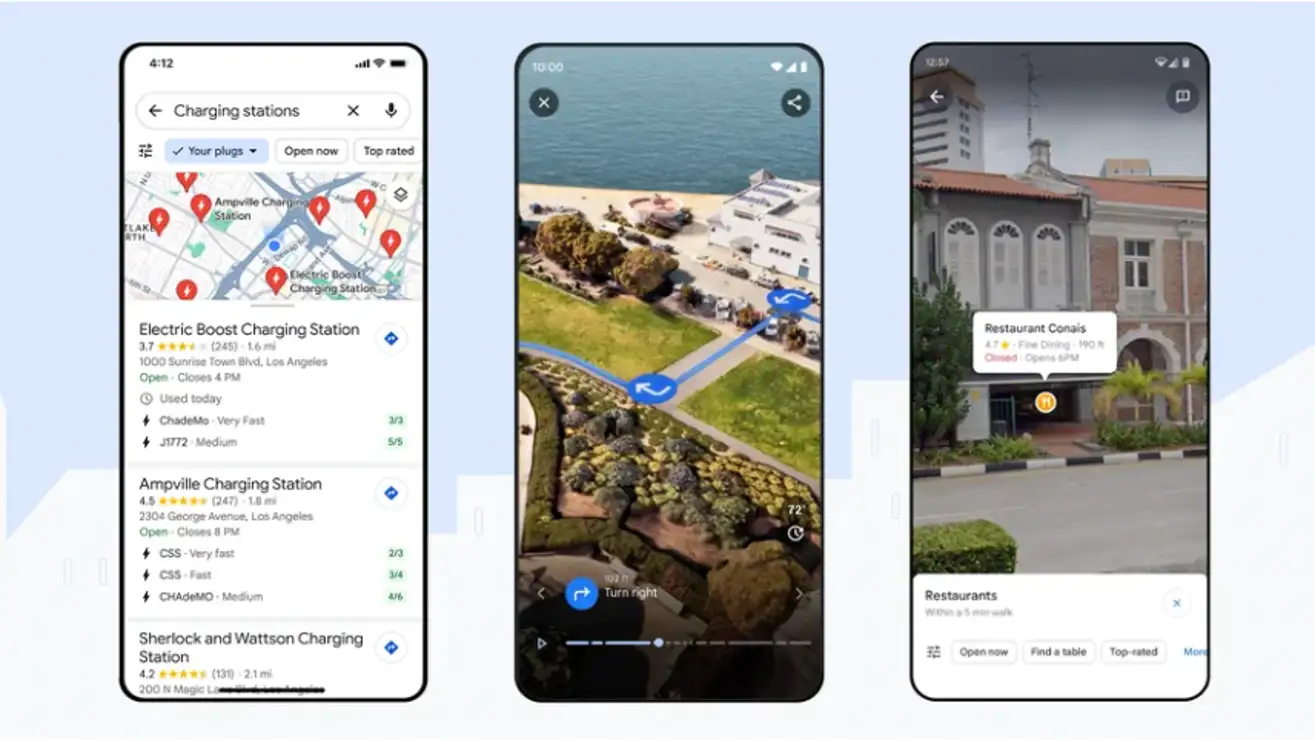Google Maps users can now plan their outings more easily with a new update that introduces event and activity suggestions when you type “things to do” into the search bar. This feature, as per a recent Google announcement, will provide photo-centric results, including art exhibitions and curated lists of ideas for users.
Read More: Samsung’s Galaxy S23 FE Hits the Market, Surpassing Expected Price Point
The enhancement leverages artificial intelligence (AI) to analyze the vast collection of photos shared by the Google Maps community, focusing on specific types of activities. Google’s goal is to help users “discover new spots that match exactly what you’re looking for.” Even if you have no specific plans in mind, you can use the app to find inspiration by searching for “things to do.”
Initially, this feature was launched in France, Germany, Japan, and the UK. It is set to become available to users in the United States this week.
In addition to this update, Google has rolled out several other features for its navigation app. This includes an expanded immersive view of cities, information on EV charging station locations, and AI-driven 3D visualizations to create more detailed scenes. The Lens feature is also incorporating AI with “Search with Live View,” allowing users to select an icon and scan their surroundings with their phone to learn more about nearby landmarks.
These updates are part of Google’s ongoing efforts to integrate AI into its products and services. In the wake of ChatGPT’s launch last November, Google has been pushing the envelope with its chatbot, Bard, and other AI initiatives.
In August, Google began beta testing its Search Generative Experience (SGE), which utilizes generative AI to provide users with visual representations of products during a search. While SGE hasn’t been officially rolled out to the public, Google’s CEO, Sundar Pichai, emphasized in a recent Q3 earnings call that AI will open “new opportunities for content discovery.”

